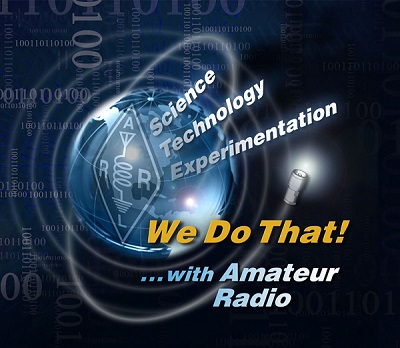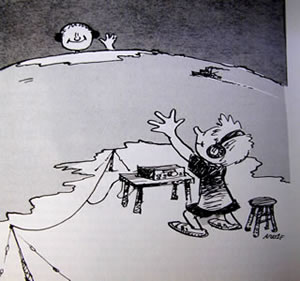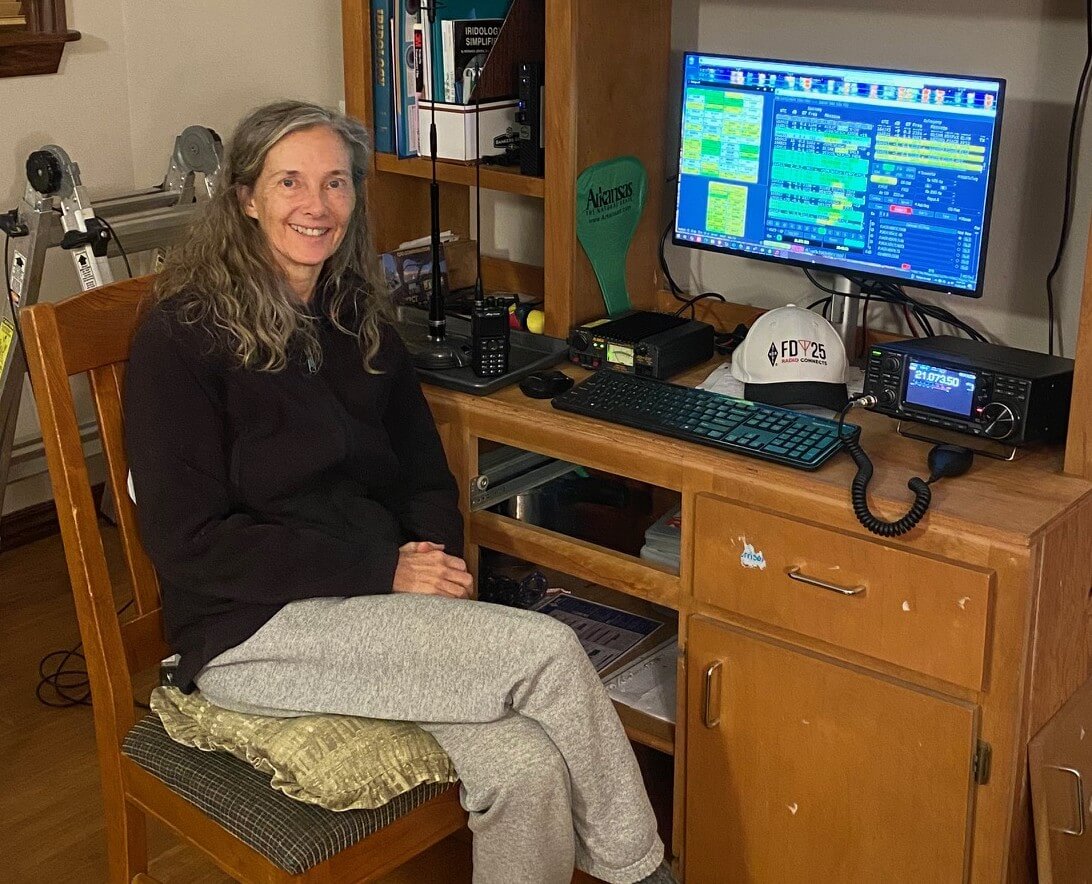It’s Easy!
We want to tell you a little about the Amateur Radio hobby and how you can obtain the necessary license to operate in the United States. If you have time, this is a good video describing the wonderful world of Amateur Radio. Its about a 20 minute video. More You Tube videos on Ham Radio Technology can be found HERE.

Hams were the original Makers and Hackers, using new, used and scavenged parts to make transmitters, receivers, and antennas capable of communicating with other hams anywhere on Earth-and beyond. In this hobby, communicating is the keyword. And, when computers came along, they fit right into the ham’s wide world. Using their technical skills and imagination, hams put together advanced communication networks connected by radio waves instead of wires. Yes, Ham Radio Operators invented the cell phone and related systems.


High School Students use Ham Radio Skills to contact the International Space Station
International Space Station Sattelite Track

It’s never been so easy to get into ham radio. All ham radio operators must be licensed before they can legally operate.
This differs a great deal from the CB, (i.e. truckers) and FRS, (i.e. dime store walkie-talkie) services which require no licenses.
Amateur radio operators must be licensed because they are given transmitting privileges on a wide variety of frequencies. Ham Radio Operators are allowed to use just about any equipment imaginable, even home-built radios. Amateurs are allotted not single specific frequencies but usually whole ranges (bands) of different frequencies to operate on. These frequencies and methods of transmission are specified by FCC rules and so it is therefore necessary to be generally familiar with your operating limitations in order to transmit lawfully.
In order to qualify for an amateur radio license, you must pass certain tests to determine that you have the required knowledge. Fortunately, the tests are not difficult for most people.
There are three license levels (known as classes) where each class grants greater privileges to the individual. There is a single written test for each license class.
The license classes are:
Technician Class – this is the entry level license. It gives privileges on all amateur frequencies above 50 Mhz and is the most popular. It requires only a written test.
General Class – this is the mid-level license. It enables privileges on most amateur frequencies below 50 Mhz and includes global HF (shortwave) communications. It has its own written test and requires that you have passed the Technician class written test.
Extra Class – this is the highest-level license. It grants privileges on all amateur frequencies. It has its own written test and requires that you also have passed all of the Technician and General class written tests.


The Bella Vista Radio Club is excited to be offering VE license testing through the ARRL VEC!
We now have TWO Amateur Radio testing locations!
- The Bella Vista Public Library, 11 Dickens Place, Bella Vista, AR. 72714. Tests are given at 2:00 p.m every 2nd Saturday. Because of the construction around the Bella Vista Fire Station, we are holding the Bella Vista testing sessions at the Bella Vista Public Library starting in December 2023. Here is a Google Map to the Bella Vista Public Library.
- The Shiloh Museum of Ozark History at 118 W. Johnson Avenue, Springdale, AR. Tests are given at 10:00 a.m. every 2nd Saturday. This will be in the General Store building. Here is a Google Map to the Shiloh Museum. Here is the Club Flyer for our Ham Radio testing.
Please visit our License Testing page for more information.
If you would like more information, here is our Club Brochure.
If you would like to join us, here is our Club Membership Information..

Basis and Purpose of the Amateur Service
- Recognition and enhancement of the value of the amateur service to the public as a voluntary noncommercial communication service, particularly with respect to providing emergency communications.
- Continuation and extension of the amateur’s proven ability to contribute to the advancement of the radio art.
- Encouragement and improvement of the amateur service through rules which provide for advancing skills in both the communication and technical phases of the art.
- Expansion of the existing reservoir within the amateur radio service of trained operators, technicians and electronics experts.
- Continuation and extension of the amateur’s unique ability to enhance international goodwill.
Title 47, Code of Federal Regulations

The Amateur’s Code
The Radio Amateur is:
- CONSIDERATE… He/[She] never knowingly operates in such a way as to lessen the pleasure of others.
- LOYAL…He/[She] offers loyalty, encouragement and support to other amateurs, local clubs, the IARU Radio Society in his/[her] country, through which Amateur Radio in his/[her] country is represented nationally and internationally.
- PROGRESSIVE… He/[She] keeps his/[her] station up to date. It is well-built and efficient. His/[Her] operating practice is above reproach.
- FRIENDLY… He/[She] operates slowly and patiently when requested; offers friendly advice and counsel to beginners; kind assistance, cooperation and consideration for the interests of others. These are the marks of the amateur spirit.
- BALANCED… Radio is a hobby, never interfering with duties owed to family, job, school or community.
- PATRIOTIC… His/[Her] station and skills are always ready for service to country and community.
— The original Amateur’s Code was written by Paul M. Segal, W9EEA, in 1928.


And remember; “Ham Radio sparks the imagination, teaches patience, tolerance and understanding, increases your awareness of mankind’s achievements and promotes worldwide friendship.” ©1997 K6RLA




